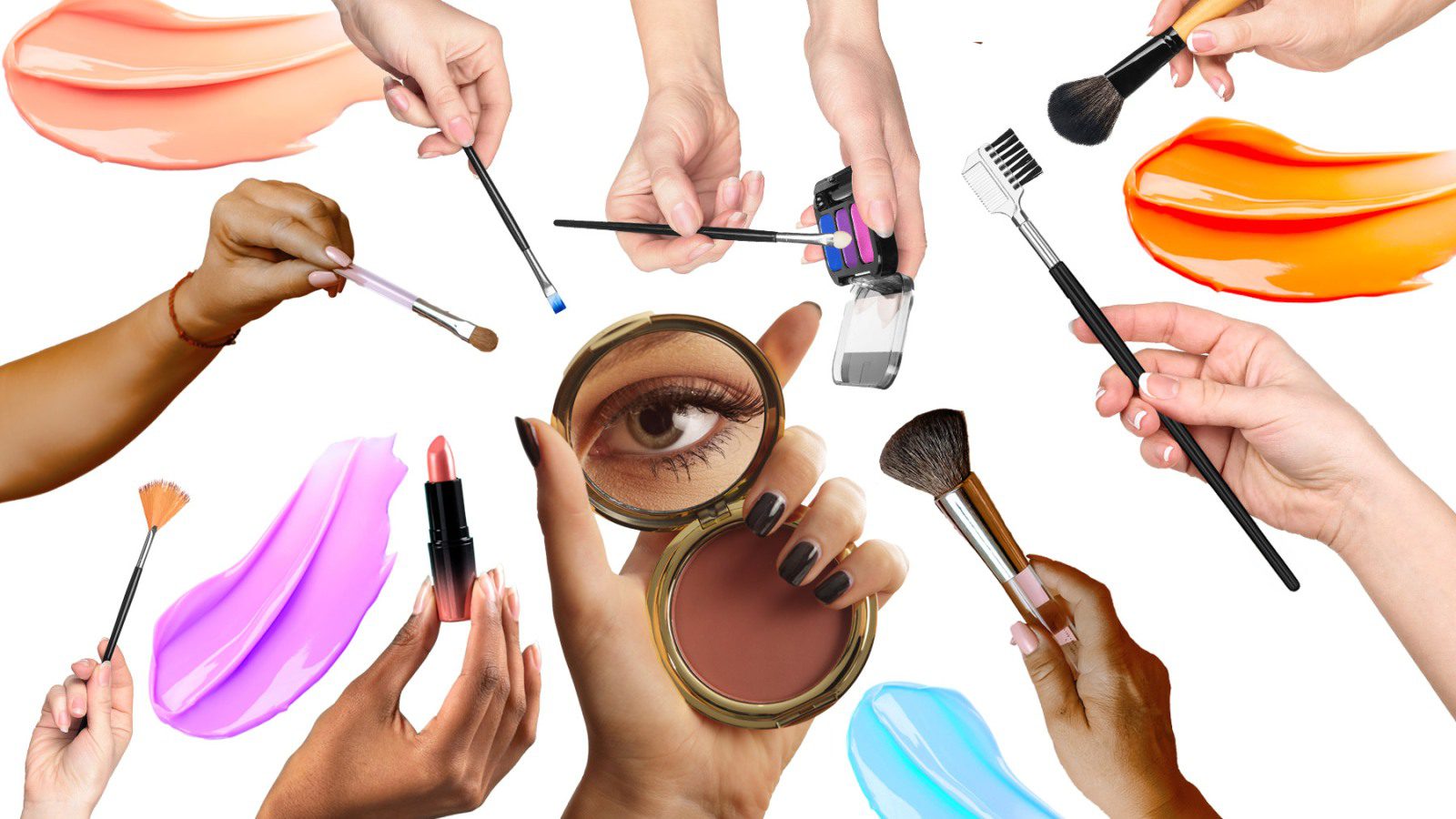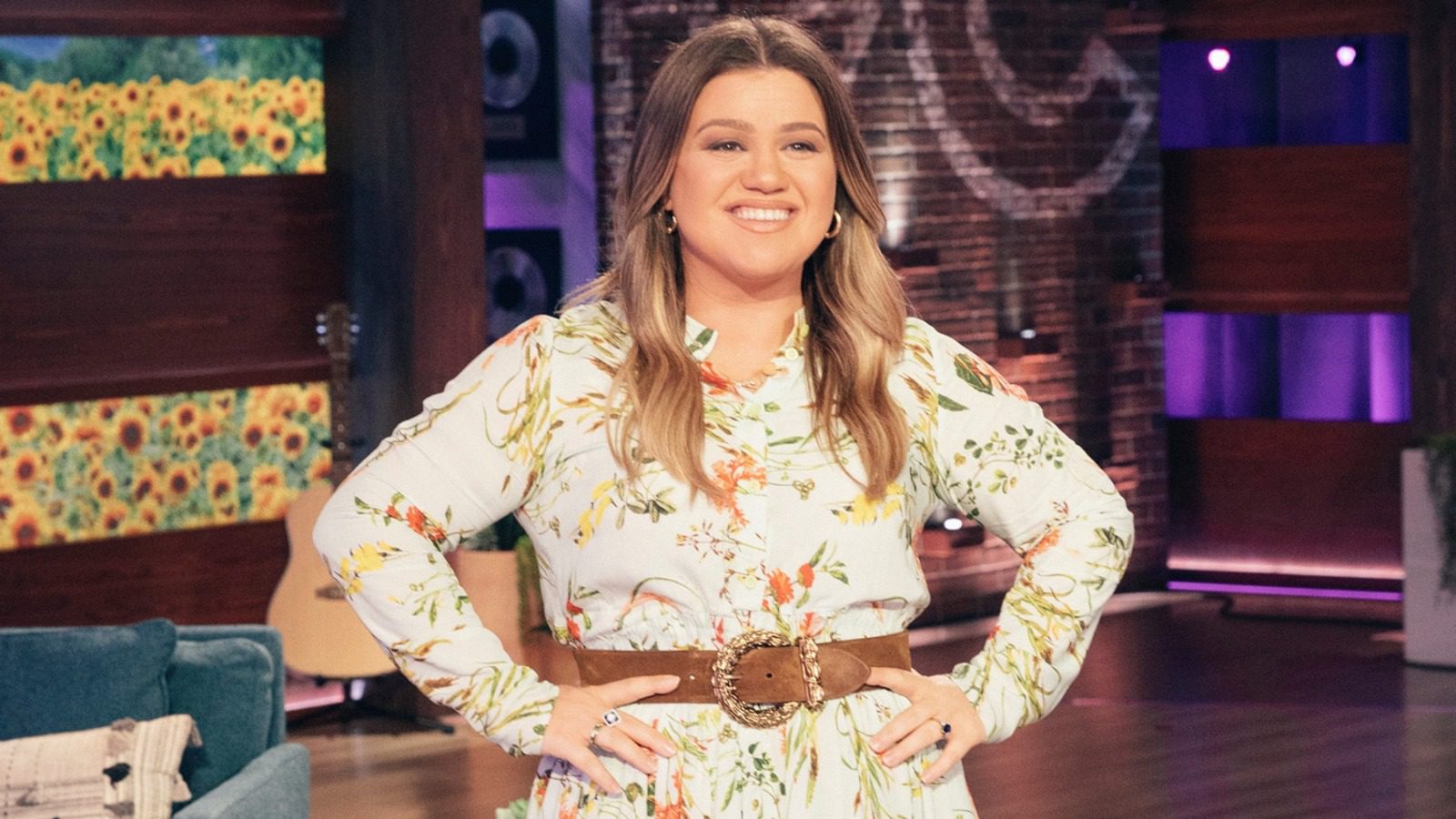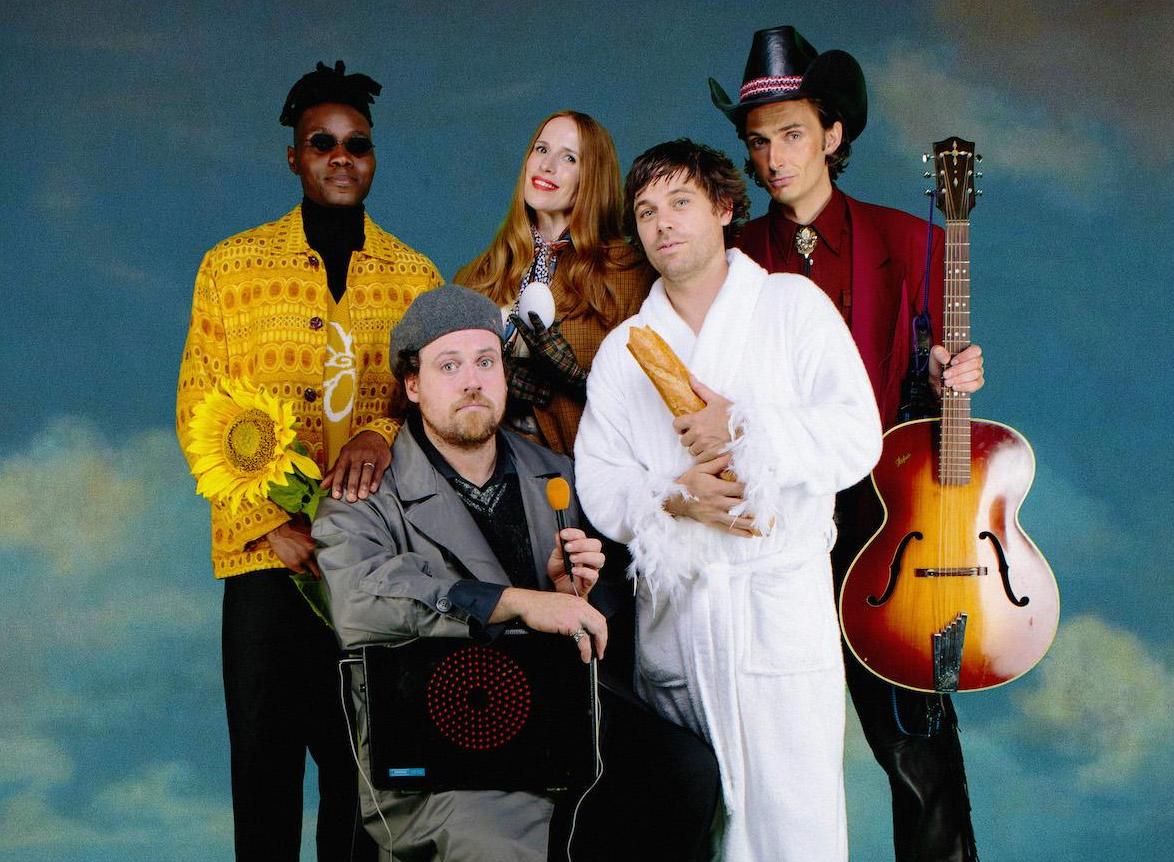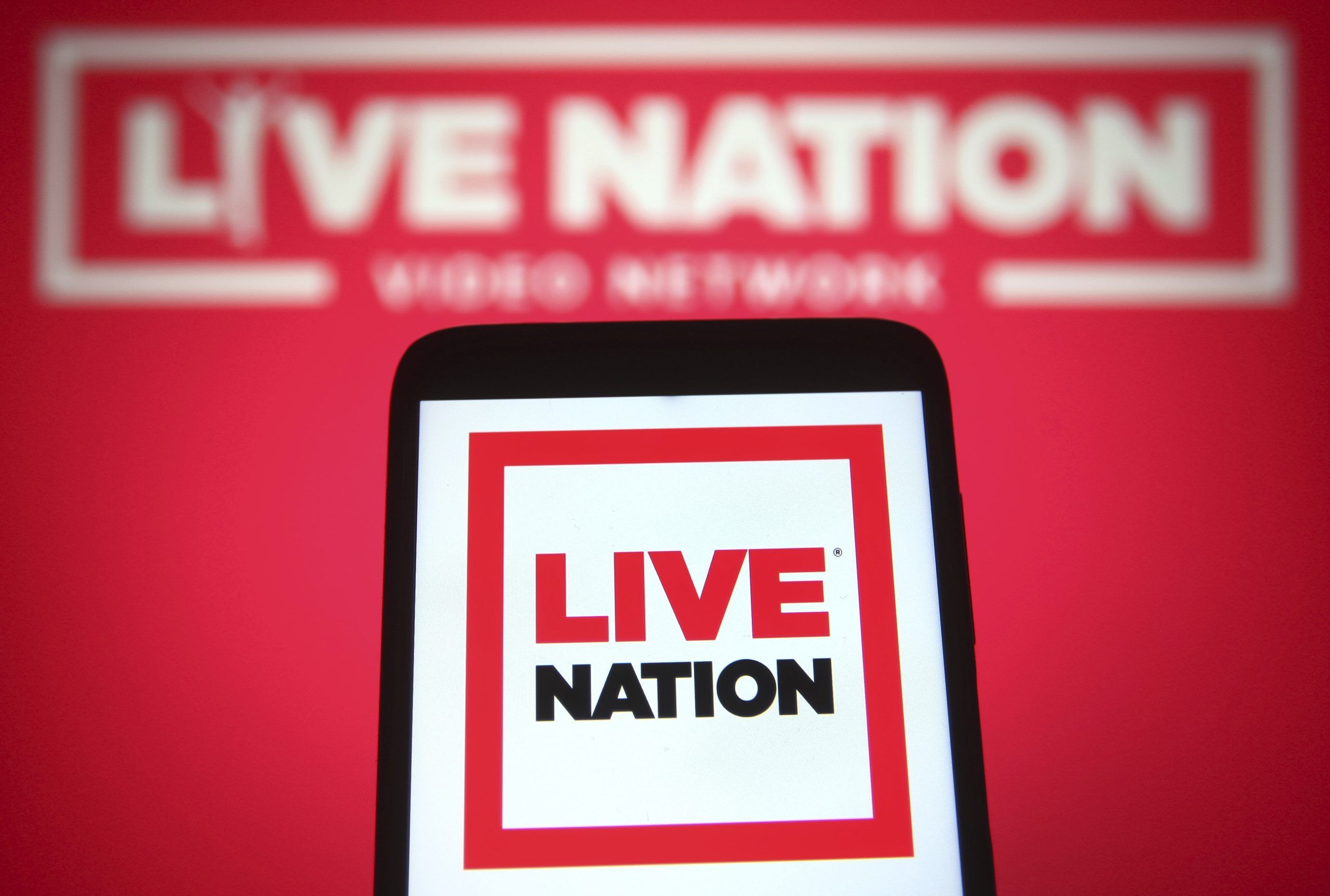
De-Influencing Can’t Save Us
The Rare Beauty Blush. A Stanley Travel Tumbler. Olaplex shampoo. The Diesel Belt Skirt. Dior Lip Oil. L’Oreal Telescopic Lift Mascara. Any of the Skims Sets. While this might seem like a nonsensical list of products, on TikTok, each of these items has been the focus of a viral spending frenzy. Once known for dance videos, TikTok’s growing user rate has promoted the app from social media site to thriving marketplace — where a product can go from new offering to cult favorite in days, and drive thousands of dollars in sales. But a new generation of consumers, and growing concerns about the ethical and environmental impact of consumption has prompted a popular new term: de-influencing.
If influencing is convincing people to buy products, de-influencing, in theory, should be telling people to save their money. But while the term has become a buzzword on for-you-pages — it currently has over 69 million views on TikTok — the top de-influencing videos don’t tell people to avoid impulse purchases. Rather, they all feature creators mentioning (and sometimes downright roasting) viral beauty products that didn’t work for them. But instead of leaving it there, they offer dozens of similar products that people can — you guessed it — purchase instead. Several influencers tell Rolling Stone that this type of de-influencing isn’t a sign the TikTok generation is over consumption — it’s a trend selling the same bullshit with a new label.
Isaias Hernandez, @queerbrownvegan, is an environmental influencer who makes content educating TikTok users about injustices, climate change, and the best ways to incorporate eco-friendly solutions in their everyday practices. According to Hernandez, the current de-influencing trend is just the latest iteration of greenwashing, or repackaging something to make it seem more environmentally friendly. It’s a tactic often employed by major corporations concerned with public image, and something Hernandez says the influencing economy will see more in the next few years.
“People are being lied to,” he tells Rolling Stone. “Sustainability has become such a buzzword in the landscape today. But a lot of young consumers do not understand it and just associate it with compostable packaging or [products that are] vegan or biodegradable. The creator economy, although it may be increasing in revenue year over year, is heavily reliant on consumers constantly buying. And the speed of trends is something that was never accounted for.”
Mandy Lee, a fashion content creator known as @oldloserinbrooklyn on TikTok, tells Rolling Stone that while de-influencing as a term is new, the concept of encouraging less consumption has been around since the app’s iteration. As someone who studies and monitors trend cycles in fashion, Lee says that when products go mainstream, their quality doesn’t matter as much as what they signify to viewers.
“I think the problem with a lot of viral trends like this is they go to the place of extremism where it’s just about who can be the loudest,” Lee says. “A lot of the focus right now is viral beauty products, but there’s so many more impactful ways of de-influencing that have been around forever. TikTok has encouraged this consumption, where having things like the Stanley Cup [a travel mug from the company Stanley] and collecting them, almost like Pokemon cards, can be signaling to the rest of the world that you’re in the know, you can afford it, and you’re up to date. But I don’t think that’s the best way to consume.”
As a fashion influencer, Lee is conscious of the fact that her videos might make people want to buy her clothes. So instead, she’s been working on content that encourages her followers to think about their purchases and be conscious of the best ways to increase the time between purchases.
“The way that I think about genuine de-influencing is arming people with knowledge to make better purchasing decisions. It’s giving people ideas on how to expand what they already have in their wardrobe. It’s how you repeat outfits, how you re-wear things, how you can maintain and take care of your things. There’s just so much like actual useful information out there that is way beyond just a product review.”
Victoria Paris is an influencer known for her relatable vlogs and honest approach to the influencing industry. Since moving from New York to California, her content has moved from fashion related to more videos and vlogs surrounding lifestyle, beauty procedures, and her love life. But as a creator who got popular on Depop selling used clothes and who is known for making items sell out just by wearing them in a TikTok video, Paris says promoting environmental efforts and less consumption often directly goes against influencing as a career. Her job isn’t about selling products. She’s selling a lifestyle — something de-influencing can’t stop.
“It’s an uphill battle,” she tells Rolling Stone. “Because you as an individual can work on your consumption, but then make a video and it causes mass consumption of a product. And influencing is moving to this really interesting space where influencers are becoming like Target [stores] — people come to me to shop everything in my life. It’s part of the job.”
And Hernandez says that when influencers are conscious not just about what they’re buying, but making sure the products they do promote are environmentally sound, it can come down to a choice between their morals and their next meal.
“That’s the biggest struggle on the environmental landscape,” Hernandez says. “When I say no to a lot of brands, I’m also taking a large hit in my pay. But I think it’s worth it for me to continue having my voice in this space.”
While Hernandez, Paris, and Lee all occupy different niches as influencers, all three tell Rolling Stone that the current trend of de-influencing doesn’t offer any nuances or helpful information about changing consumption practices. But Lee is hopeful that as people become more aware of the environmental impact of their purchases, they might use the trend to seek out influencers that are actually dedicated to reducing the app’s reliance on products.
“Unfortunately, I don’t think the tantalizing nature of having new things will ever truly diminish. But for people who have been practicing [conscious consumption] for a long time, it’s not a trend. They believe in it,” Lee says. “I think shopping addiction is driven by social media and the pressure to keep up. And I really feel for these kids who are confused and not sure about what to buy or why they want it. That’s what drives me to make my content.”



